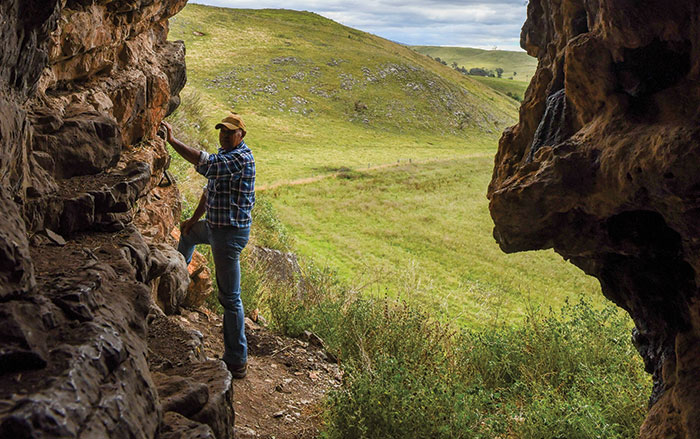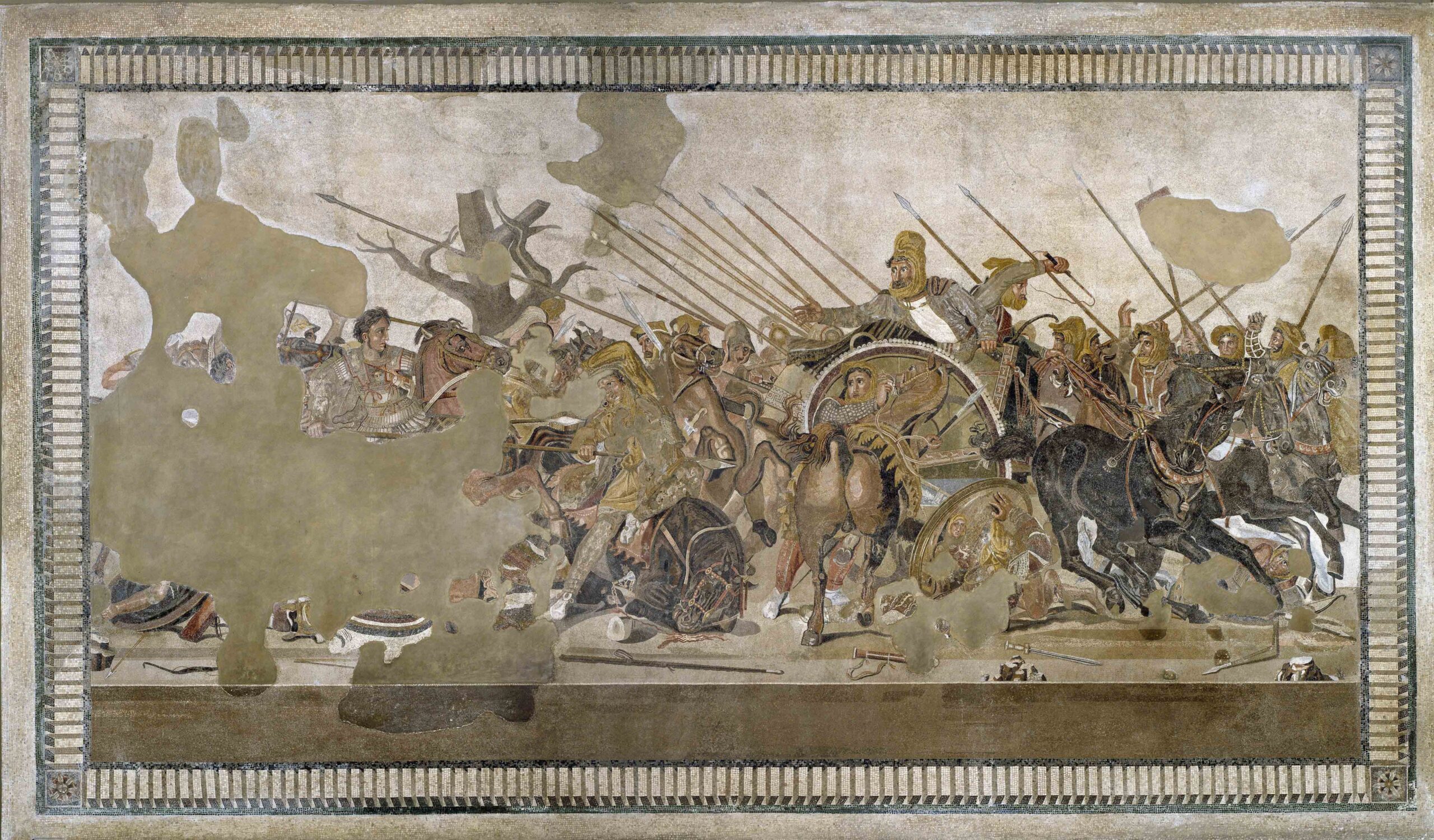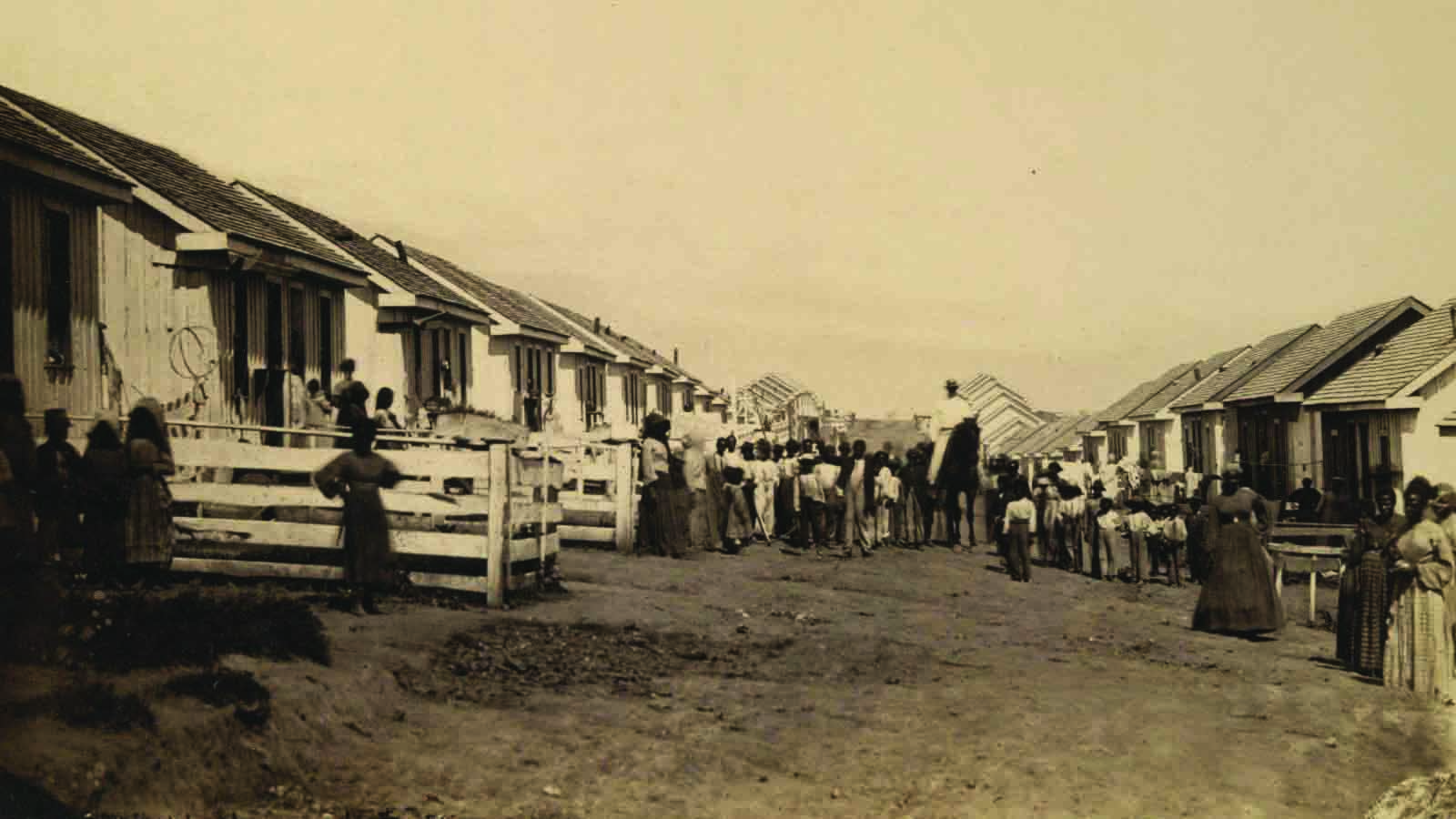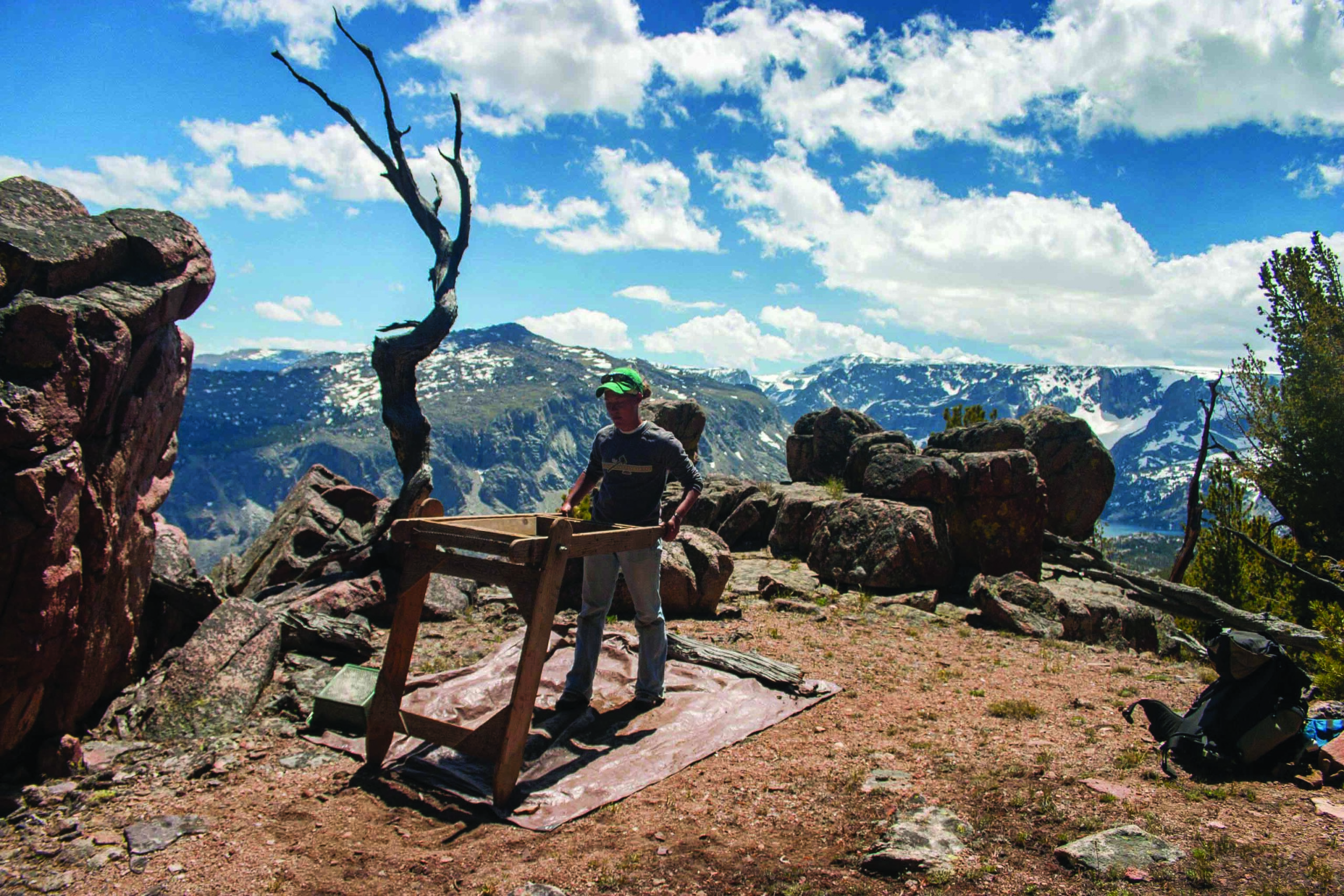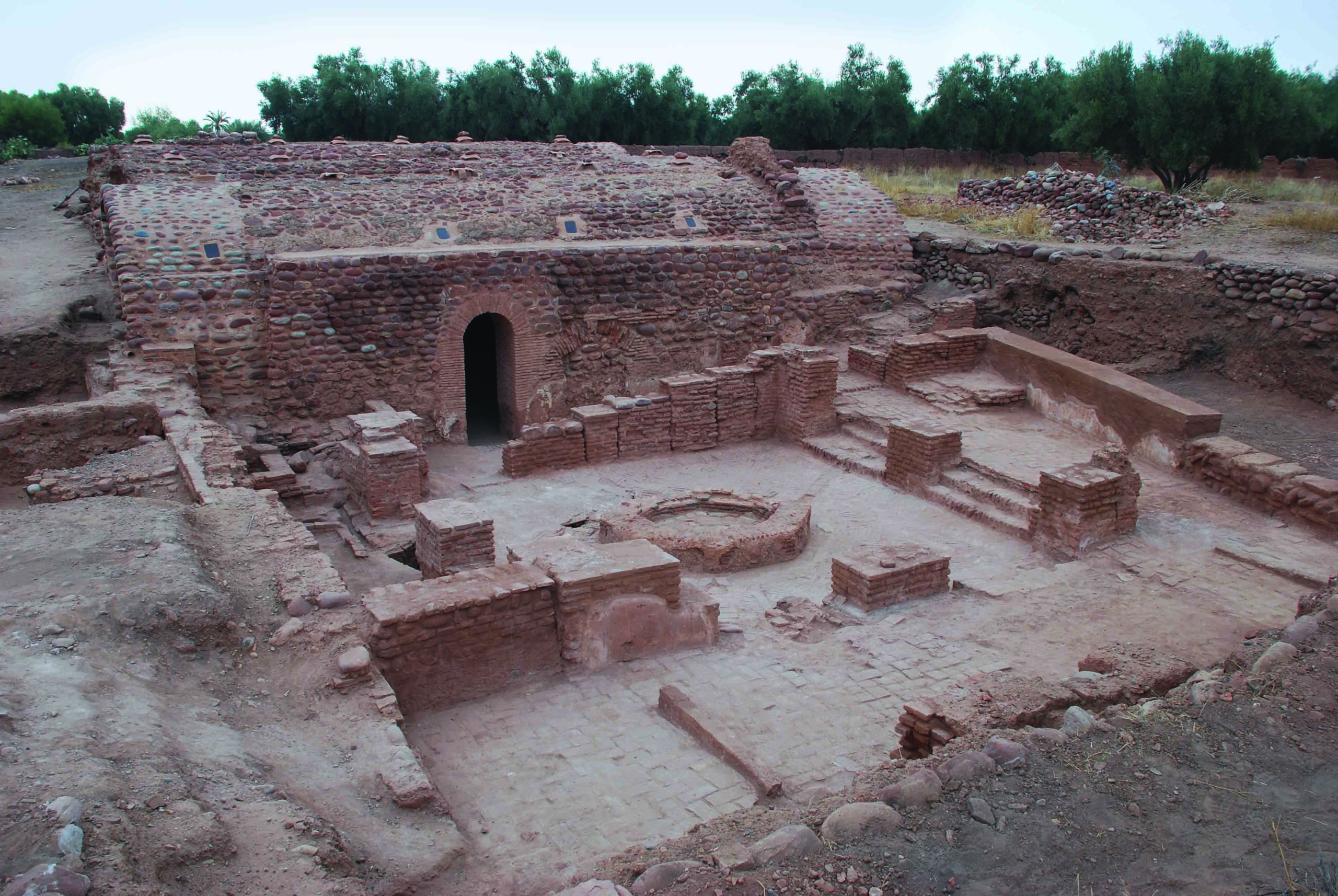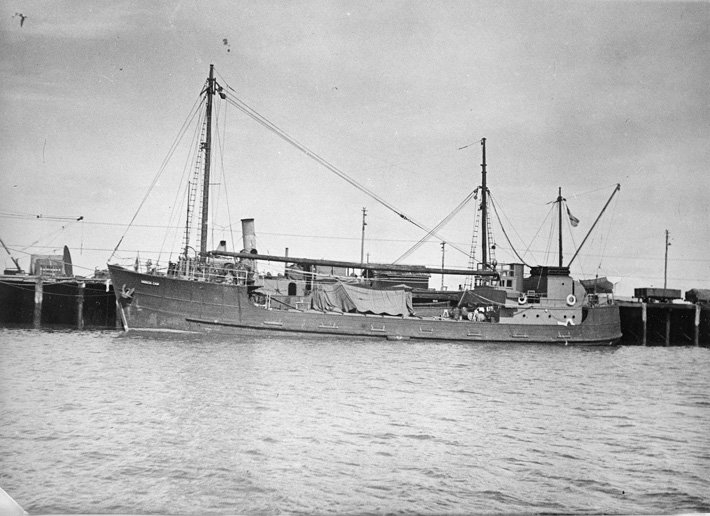
DARWIN, AUSTRALIA—A crooked piece of wood found on a beach in Australia’s Wessel Islands may be part of a storied World War II ship, according to a report from ABC Radio Darwin. HMAS Patricia Cam, a converted coal ship whose wartime mission involved delivering codebooks to remote coastguard stations, was bombed, strafed, and sunk by a Japanese seaplane on January 22, 1943. The ship had 25 people onboard, including a reverend who was taken hostage by the Japanese and eventually beheaded. Several others died in the bombing or later that day, but 16 survivors made it to a tiny unnamed island and lived to tell the tale. The ship’s remains, however, have never been located. Archaeologist Michael Hermes and antiquarian Mike Owen from the heritage group The PastMasters discovered the crooked piece of Indonesian hardwood on Marchinbar Island. Owen believes it is a part of HMAS Patricia Cam’s hull called a knee that was used to hold up the floor of the hold, noting that its metal fixings perfectly match those used in the 1940s at the shipyard in New South Wales where the ship was built. A CT scan revealed bits of metal concentrated on one side of the piece of wood—possibly shrapnel from the blast that sank the ship. For more, go to “Finding Indianapolis,” one of ARCHAEOLOGY's Top 10 Discoveries of 2017.





